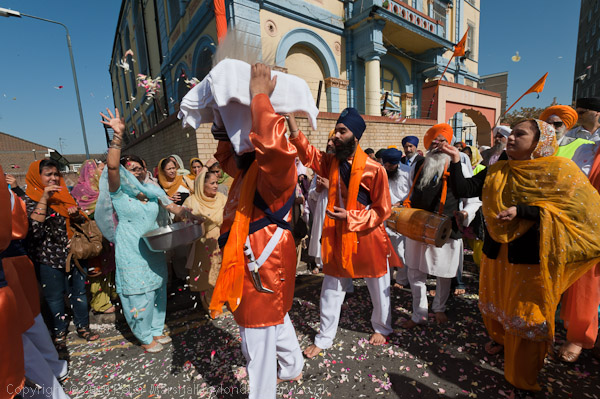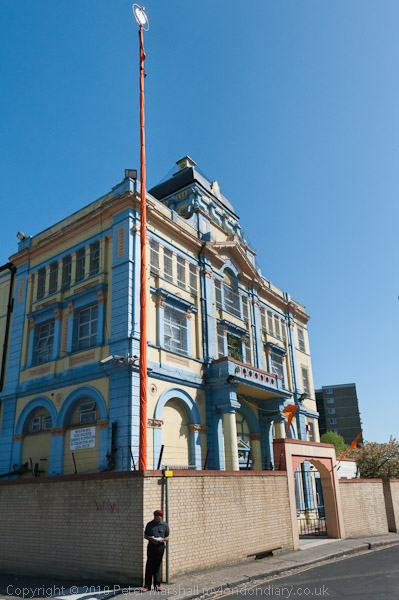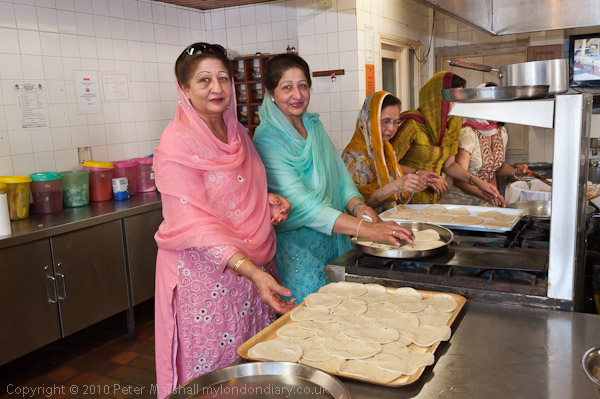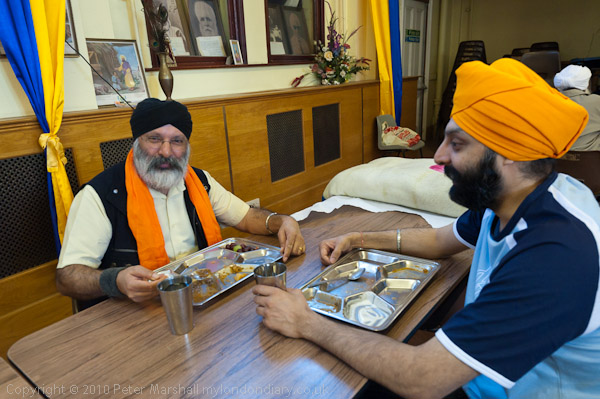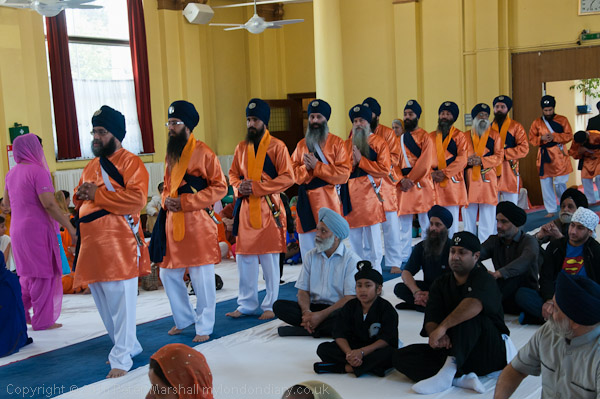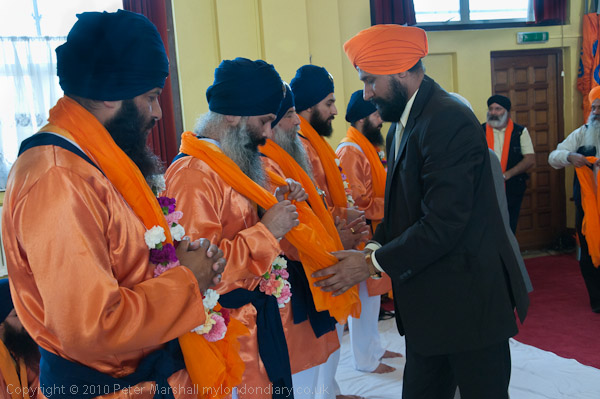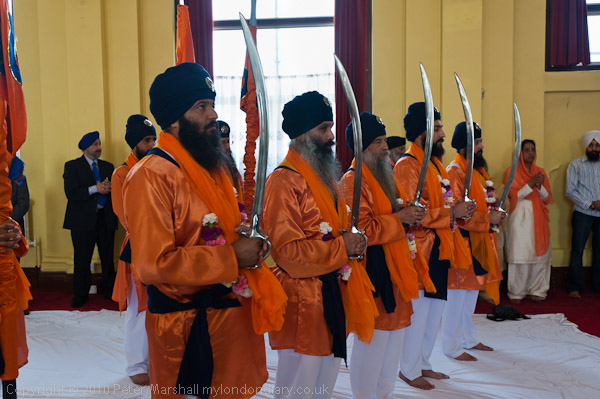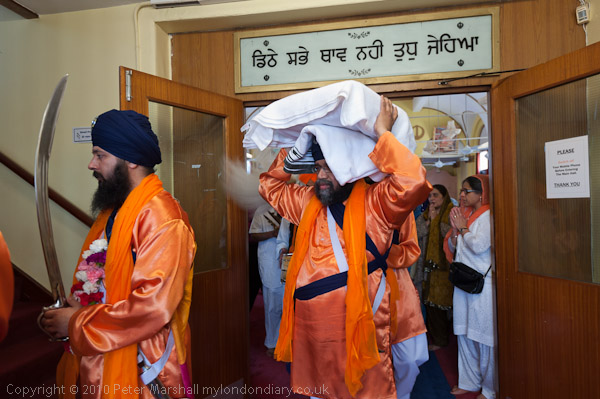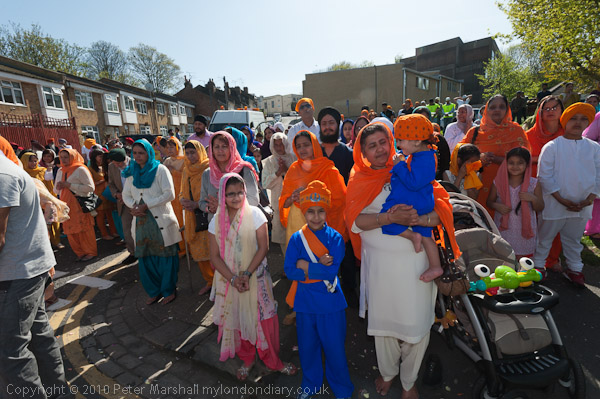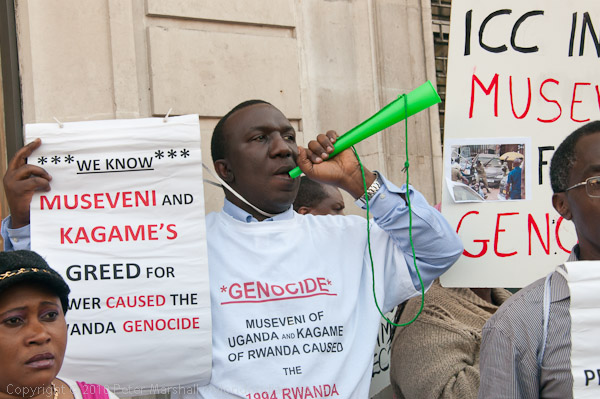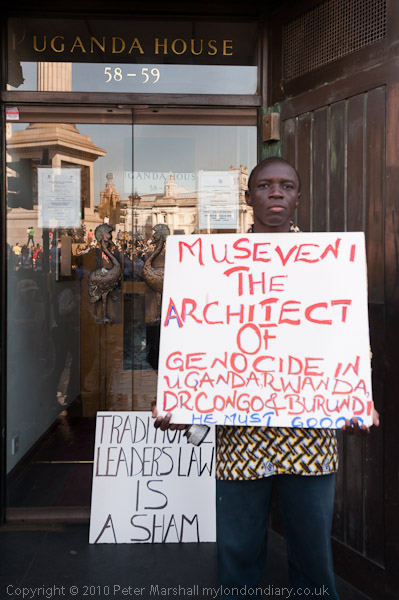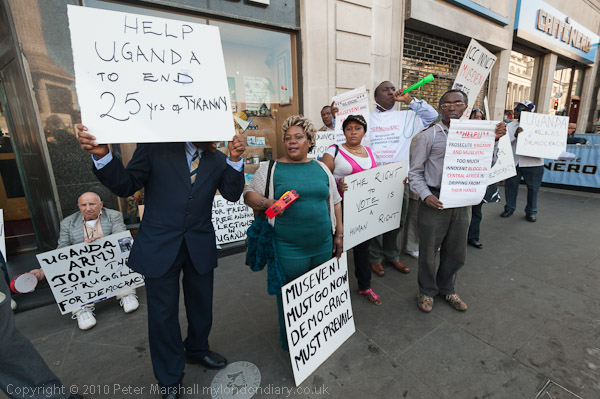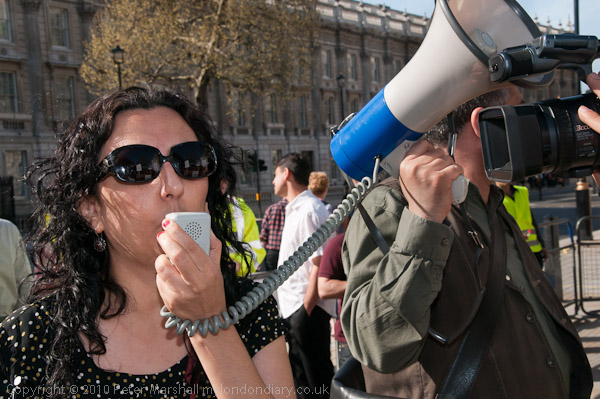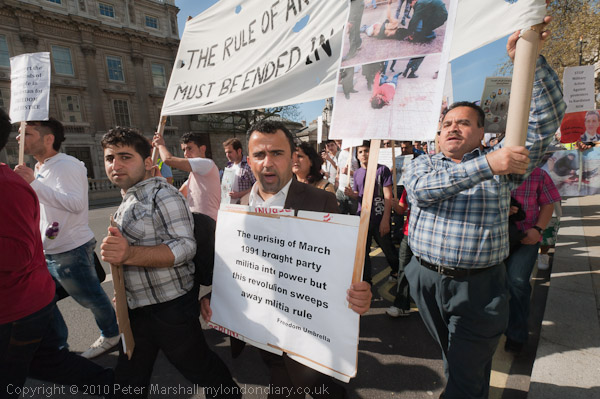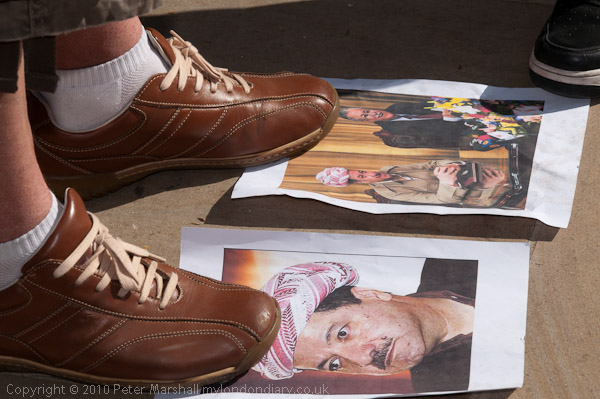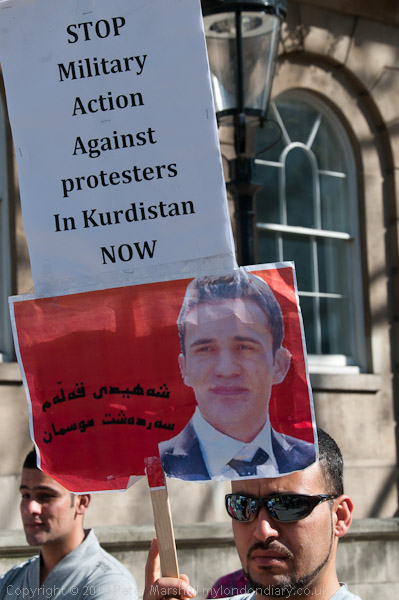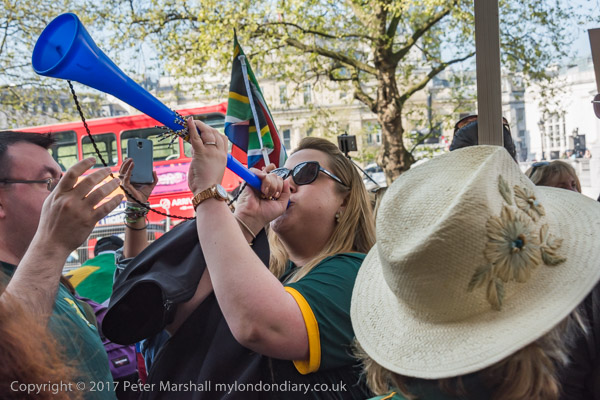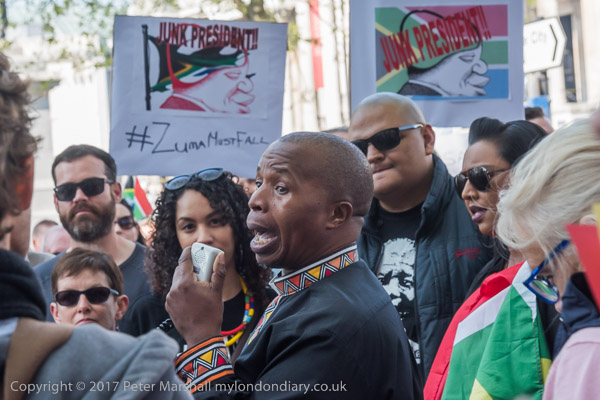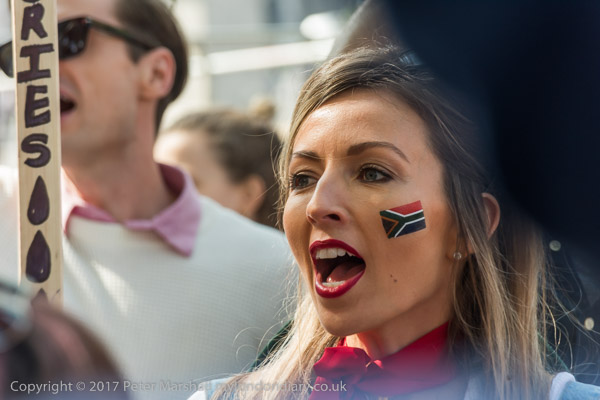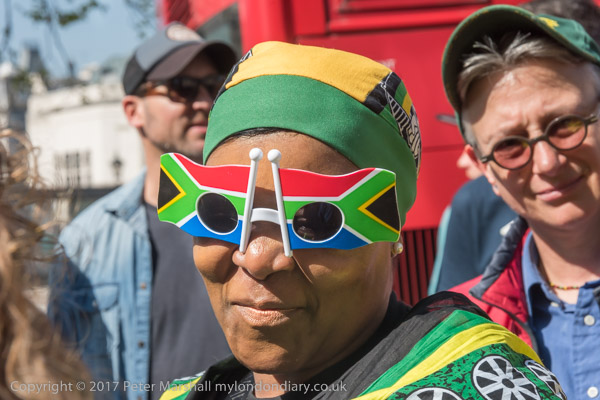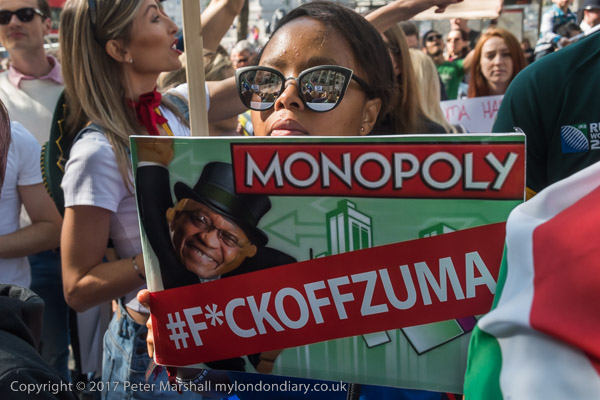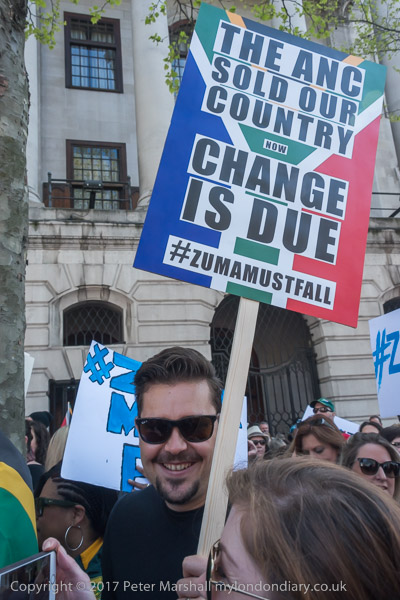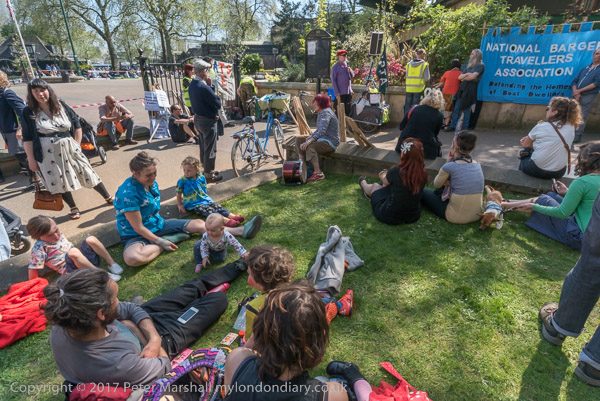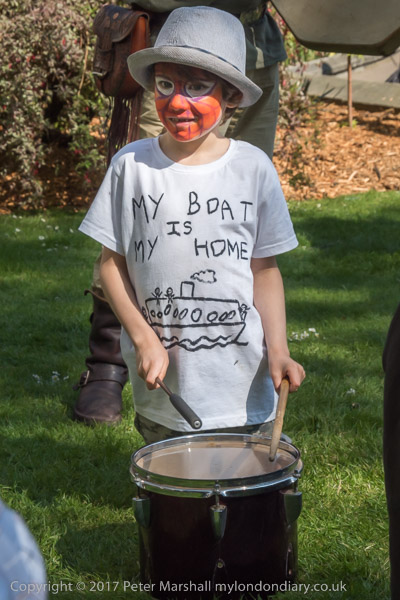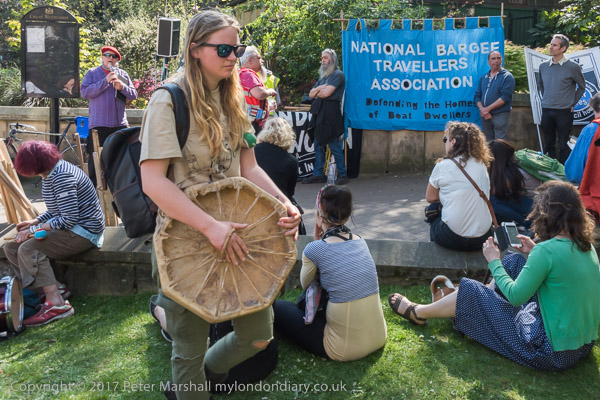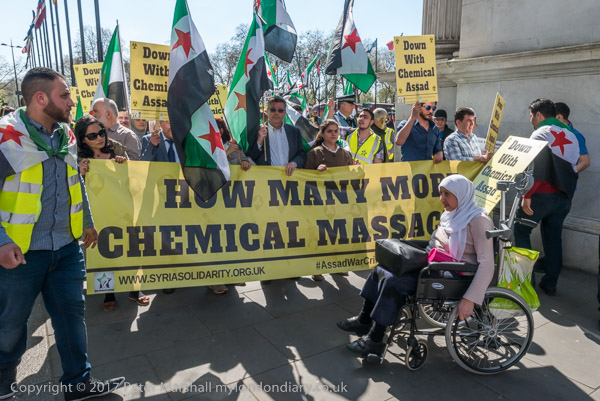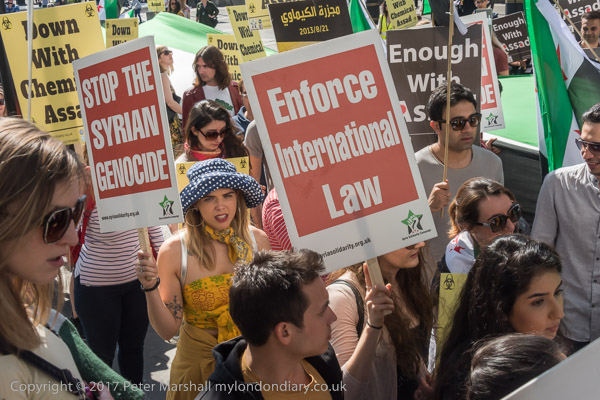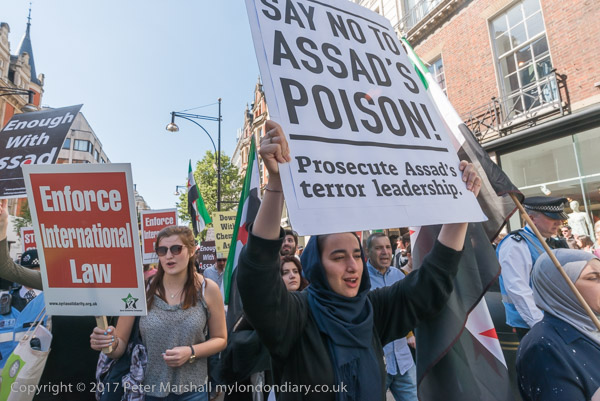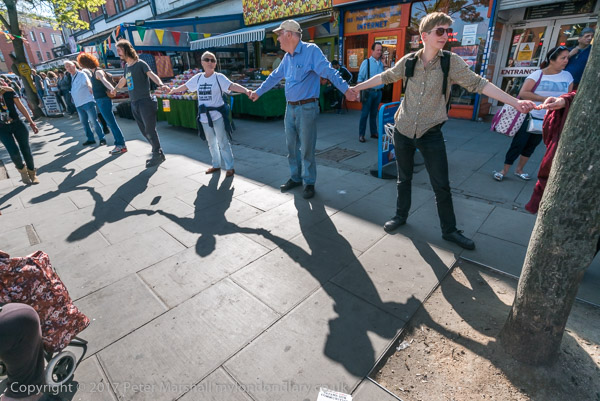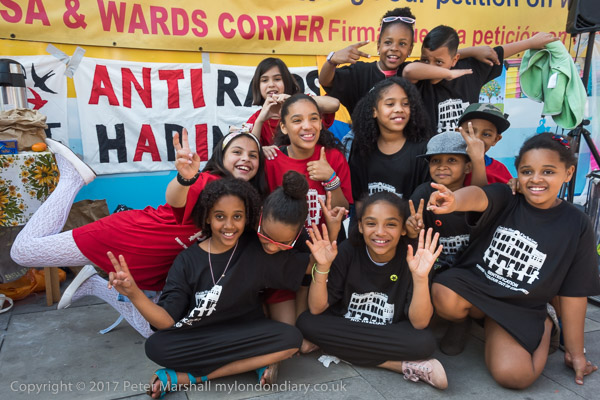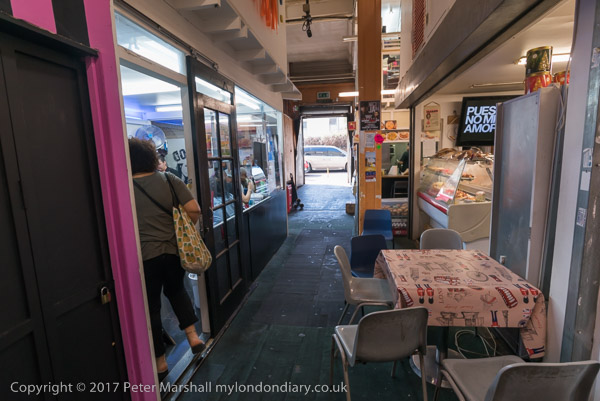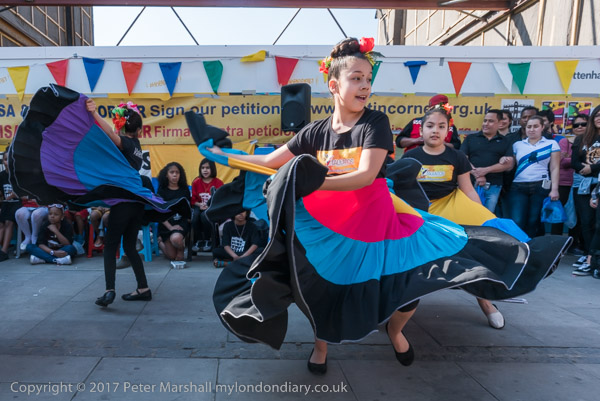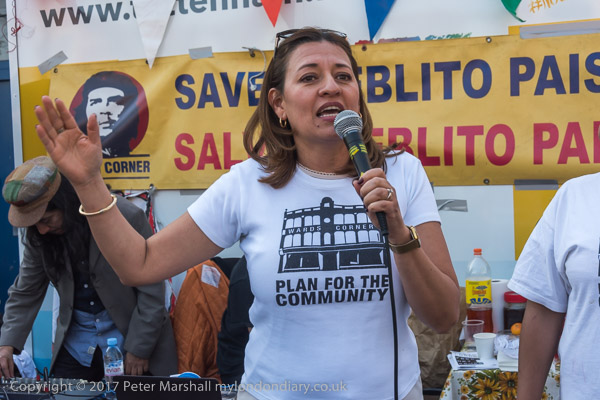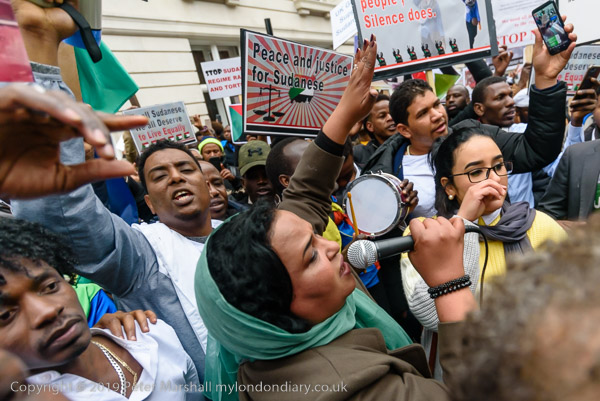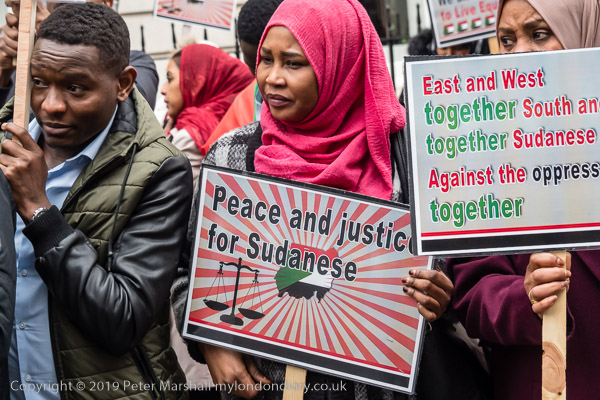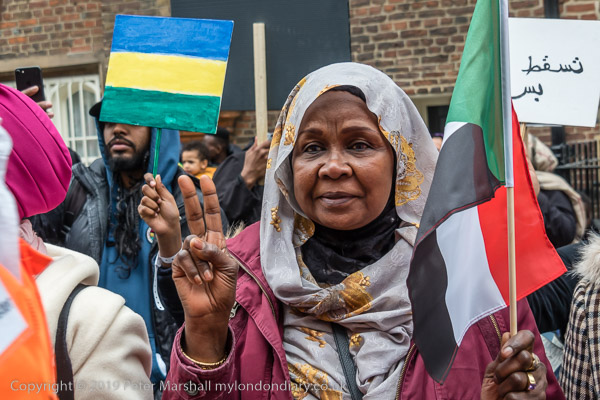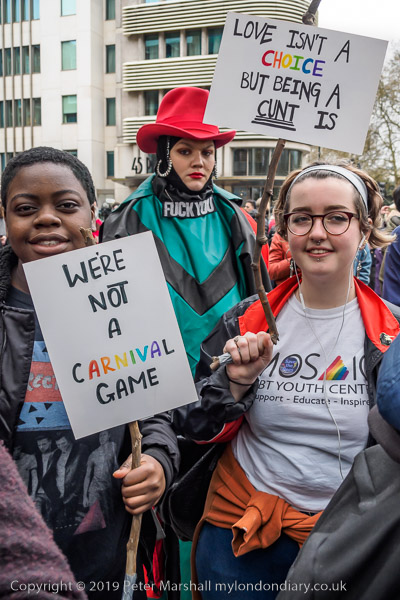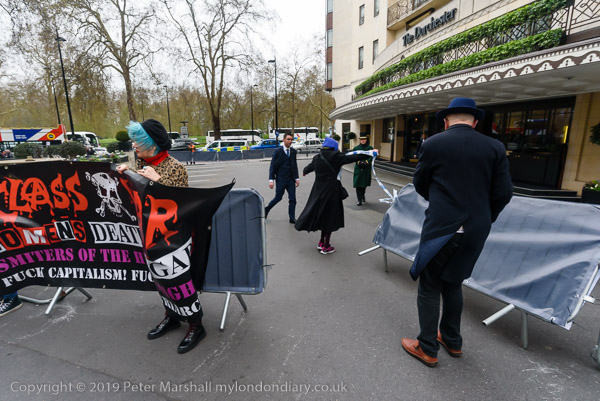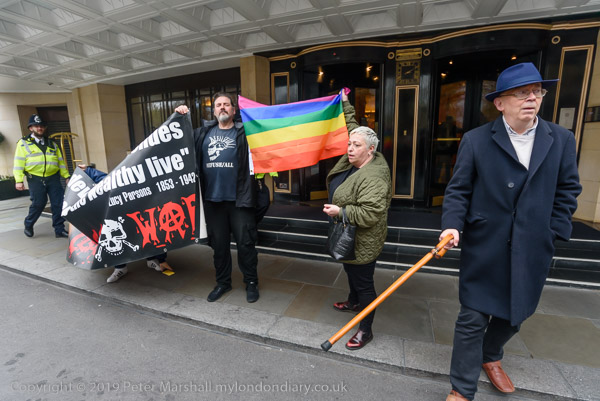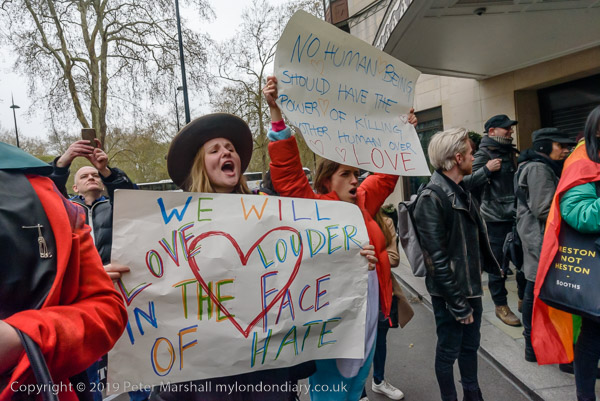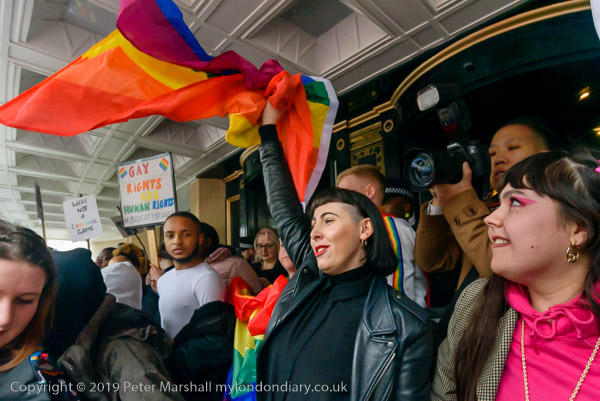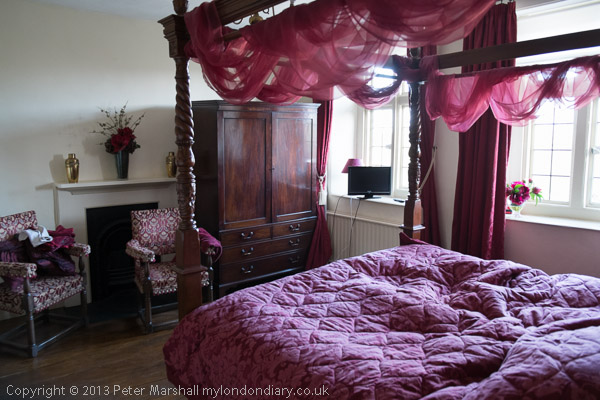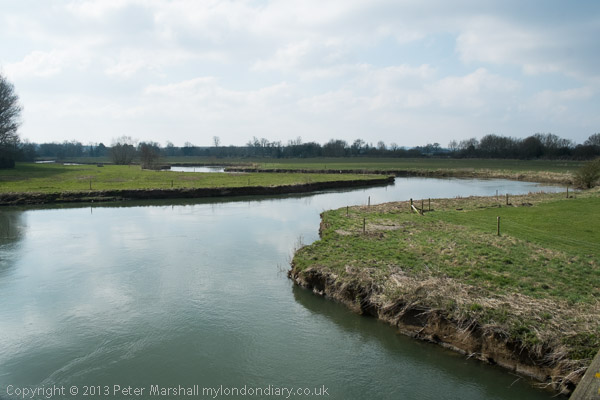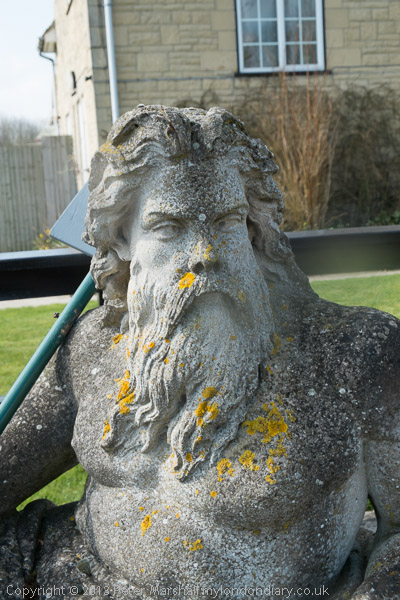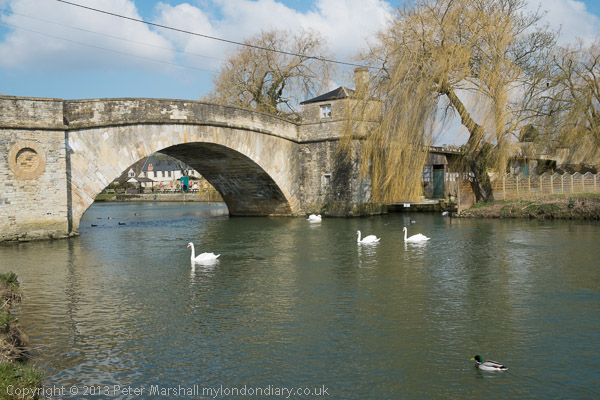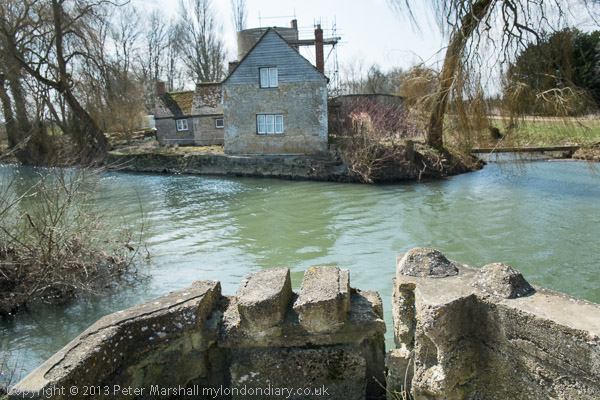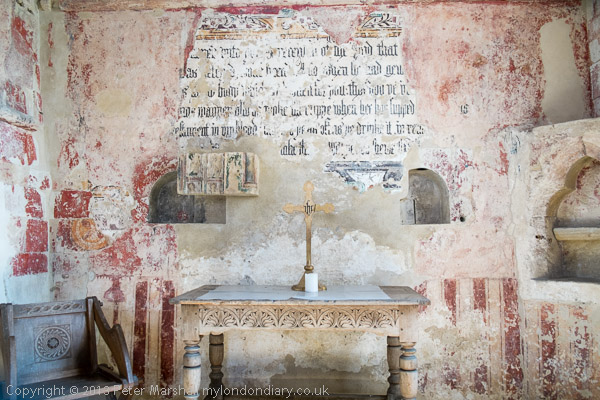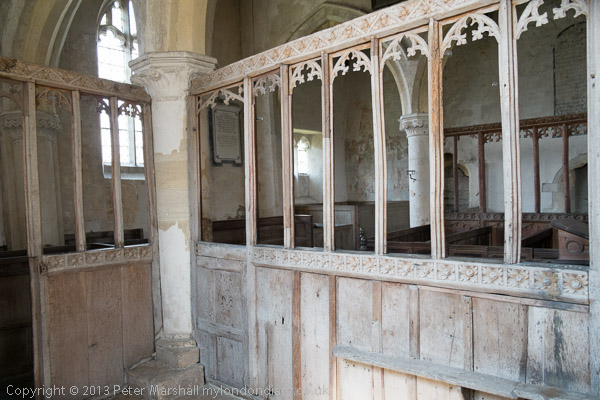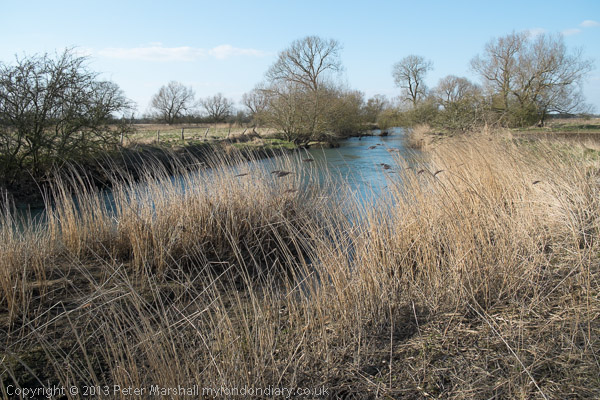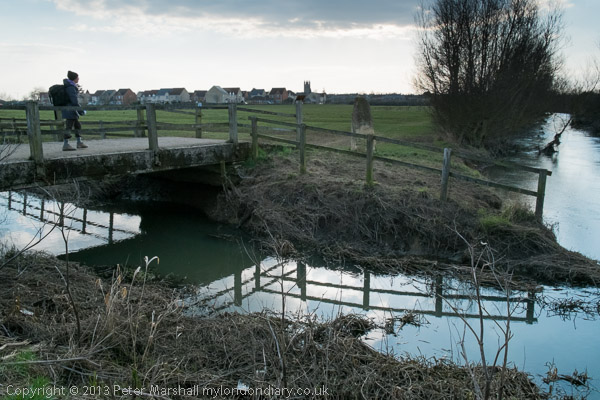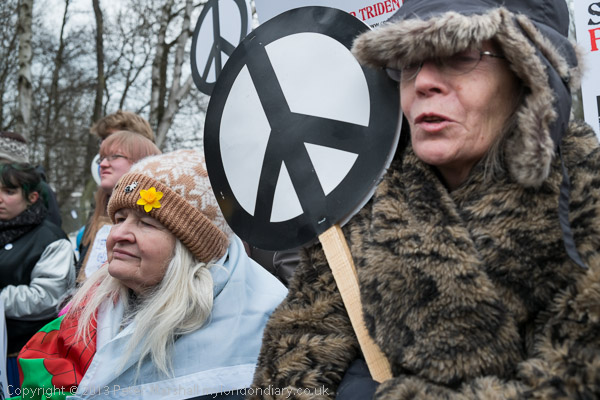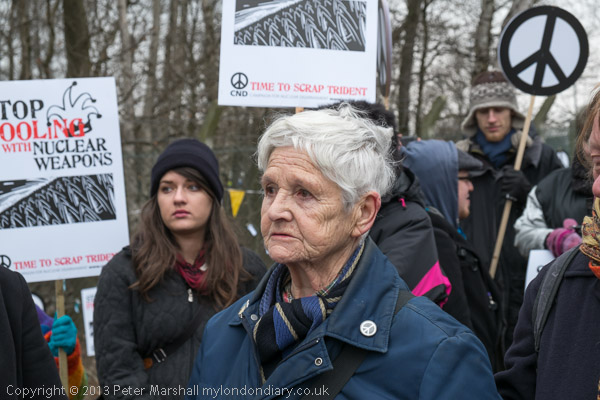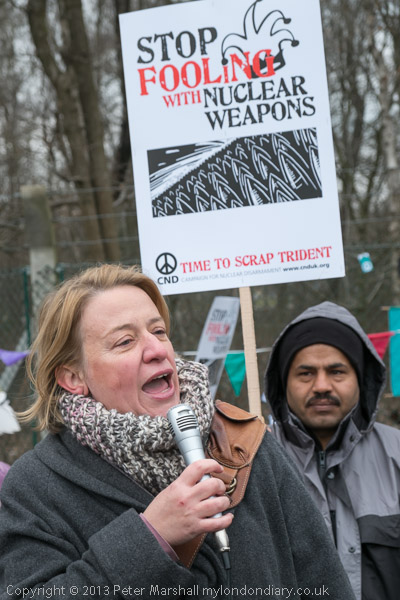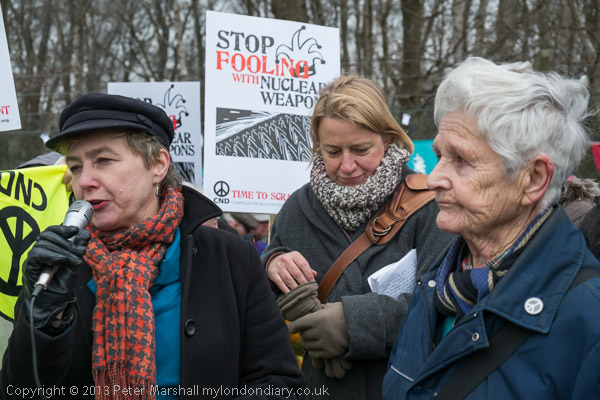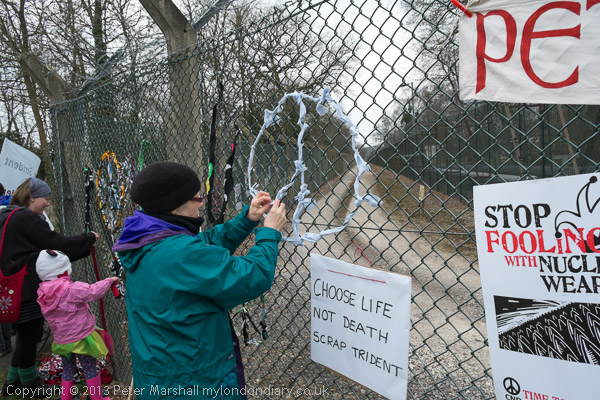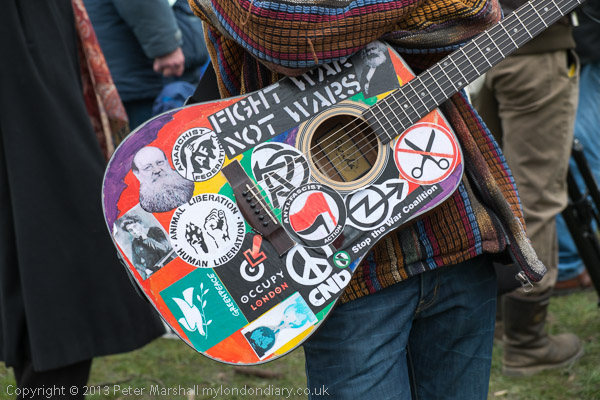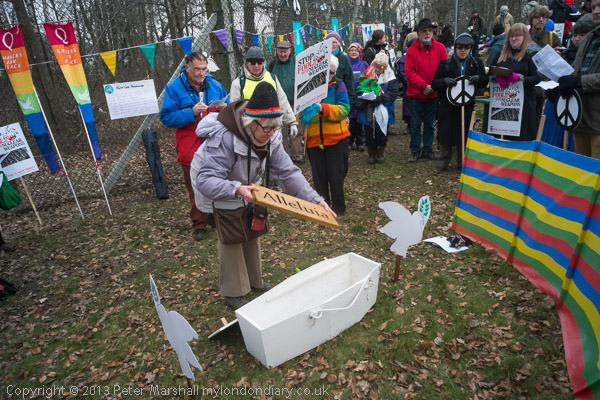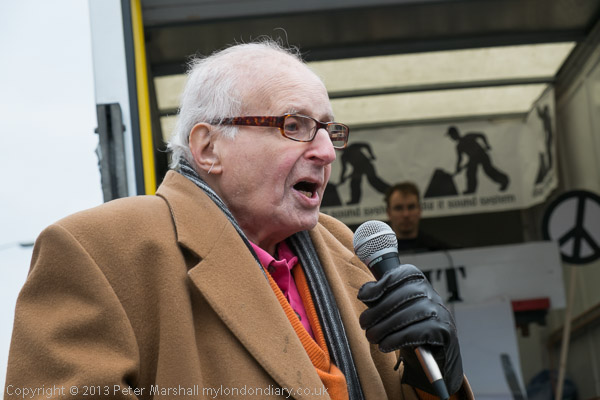Asylum and Vauxhall to Battersea: I don’t often look back at posts from the early years of My London Diary for several reasons. Before I redesigned the site some time in 2008 there were no links to individual stories which makes linking to them trickier, and the stories and pictures come at different positions down the monthly page. Also in the early years I wrote entirely in lower case, something I now find an annoying affection. And back them the software for converting raw digital images wasn’t quite as good and the images are sometimes a little lacking in colour quality.
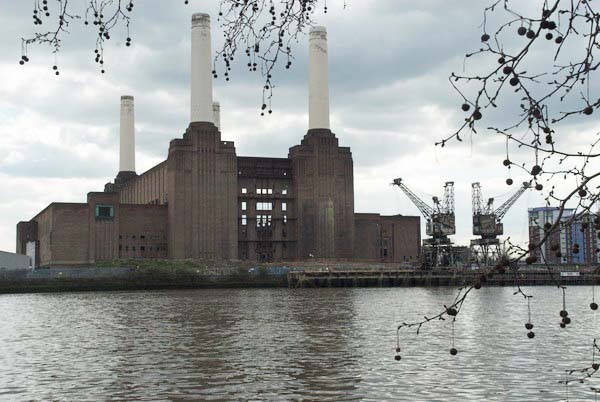
So here I re-present my post for Monday 10th April 2006 in a more convenient fashion. I’ve updated the text to conventional capitalisation, corrected a few spellings (back then I wrote in software without a spell-checker) and made a few minor changes to make the text easier to follow. The pictures – both those in this post and the larger number I link to on My London Diary are exactly as posted in 2006. Communications House was demolished in 2013-4 and new offices erected on the site which is now home to a number of businesses but no longer used by the Home Office.
Against Detention and Deportation – Communications House, Old Street
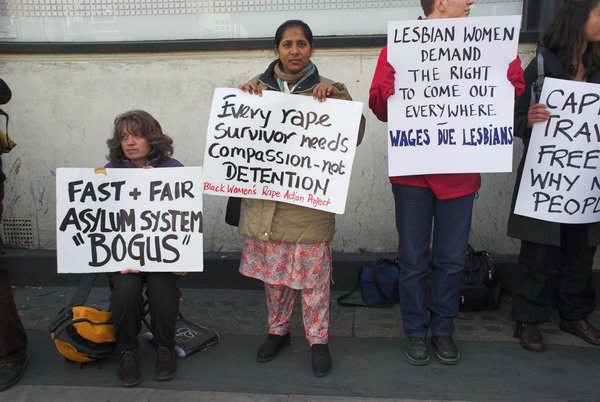
If you are an asylum seeker in Britain you have to sign on regularly at one of the Home Office locations. When you enter the doors of Communications House next to Old Street station (or any of the other locations) you cannot be sure that you will ever come out. Despite the regulations, some asylum seekers have been bundled onto planes and flown back to the country from which they have fled, others have found themselves banged up in detention centres such as Harmondsworth for years with no trial or appeal.
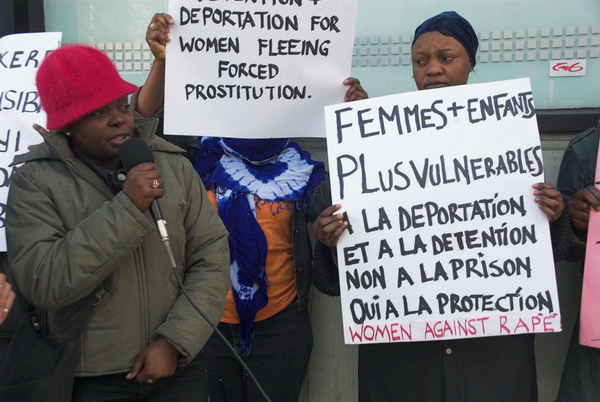
On Monday 10th April 2006, various groups including the All African Women’s Group, African Liberation Support Campaign Network, Payday Men’s Network and Women Of Colour formed a line along the front of the building over the lunch hour to protest and hand out flyers about the unfair treatment of refugees and asylum seekers.
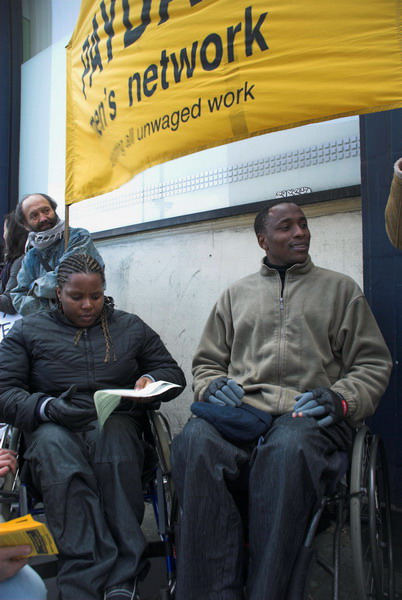
This was a part of a global action demanding justice and proper legal rights for asylum seekers and others without proper legal documentation, calling for an end to racist discrimination and inhumane policies.
New Flats Along the Thames – Vauxhall to Battersea
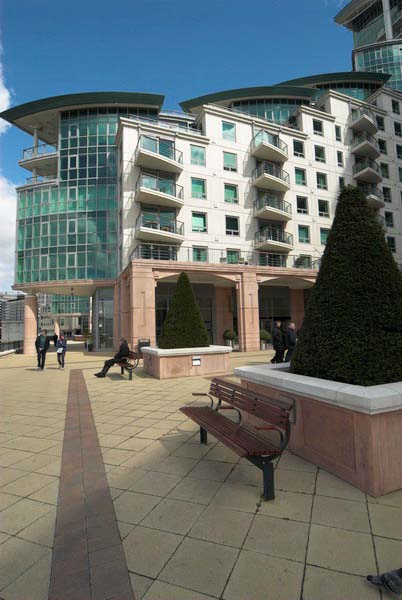
I had to leave for a little business elsewhere, then took advantage of the decent weather to take a walk along the Thames from Vauxhall to Battersea on my way home. As you can see I walked a little along the south bank, then back to Vauxhall Bridge to go along the north bank. Later I went on both banks between Chelsea Bridge and Battersea Bridge.
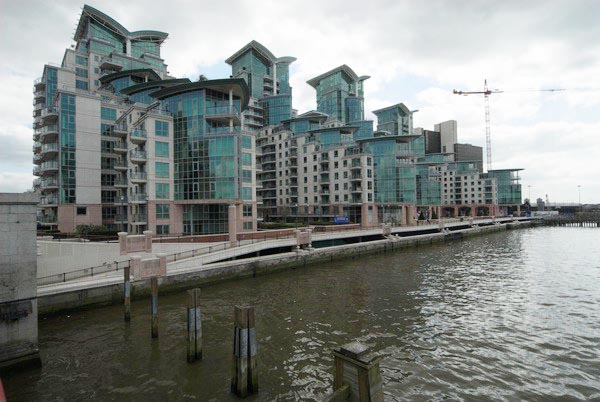
What was not long ago a totally industrial reach of the river is now largely lined by expensive riverside blocks of flats. St Georges Wharf is on the site of the Nine Elms Cold Store, and is now largely finished except for a tower whose slim 181 metre cylinder will soar far above the 72 m of the existing flats.
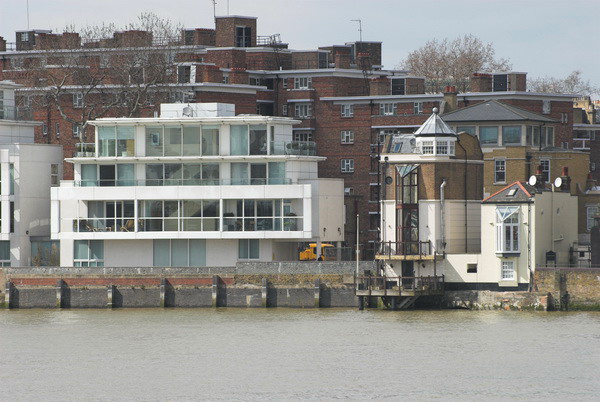
Along Grosvenor Road on the north bank are Rivermill House, the Panoramic, Crown Reach, and a survivor from the past, Tyburn House, followed by Eagle Wharf, with Eagle House and 138.
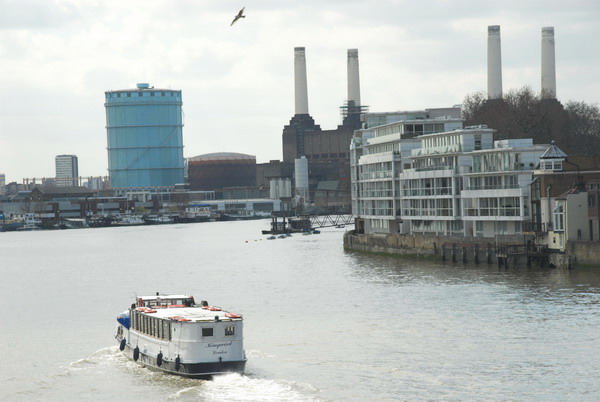
One minor gain for the public from this is increased access to the riverside, with new developments having a public footpath on the bank. But when soon all you will be able to see is the flats on the other bank, this perhaps isn’t a great gain.
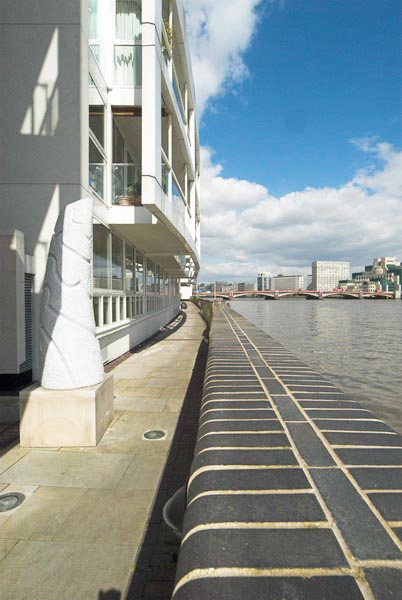
In Pimlico there are often great contrasts between council or Peabody estates and millionaire apartments across the road on the river side, and some pricey stuff in some of the squares. A few yards makes a huge difference in price – and the newer buildings have often blocked the views some council tenants used to have of the river.
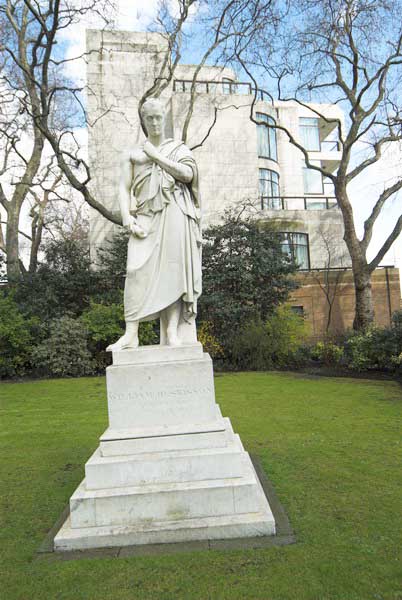
Across the river are views of Battersea Power Station, gutted and largely left to decay by various developers over the years, roofless. Despite their efforts it still stands, its brickwork and four tall chimneys dominating the area.
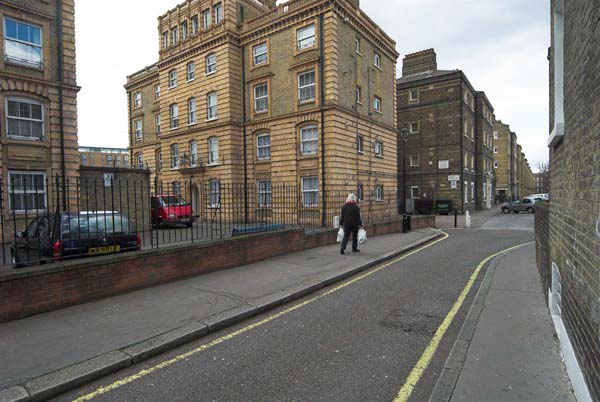
The waterworks building on the north bank is also still there, and next to it around the canal a new Grosvenor Waterside is nearing completion.
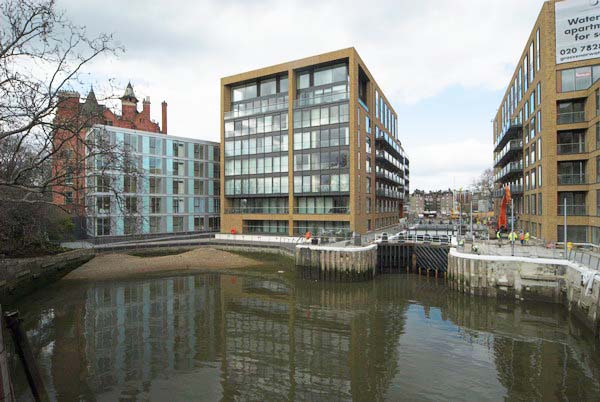
Across Chelsea Bridge, between it and the power station is Chelsea Bridge Wharf, another huge development. Its a relief to be able to walk across the new bridge under Chelsea Bridge into the peace of Battersea Park with its Peace Pagoda. Next to Albert Bridge is a small wild area that looked very spring-like in some dramatic light under grey clouds.
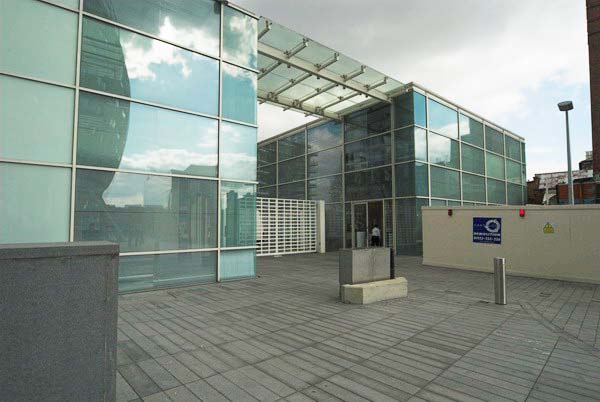
There are more new flats and offices past Albert Bridge, including Foster and Partners building. It’s stunning close to, but seen from across the river is rather disappointing. Their Albion Riverside next door is a futuristic structure, like some vast mothership landed on the riverside, a fungus from which spores are doubtless emerging to colonise the country.
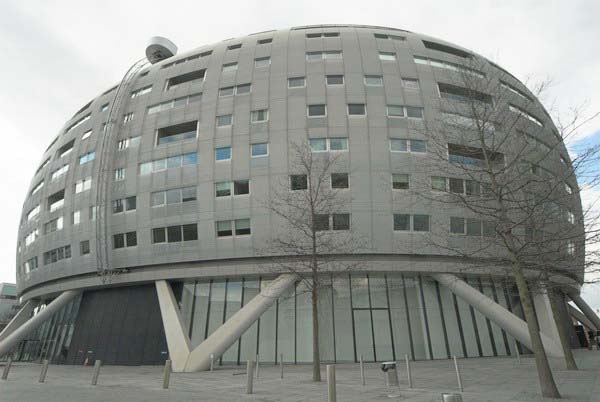
Many more pictures from the walk spread over a number of pages starting here.
Flickr – Facebook – My London Diary – Hull Photos – Lea Valley – Paris
London’s Industrial Heritage – London Photos
All photographs on this page are copyright © Peter Marshall.
Contact me to buy prints or licence to reproduce.
